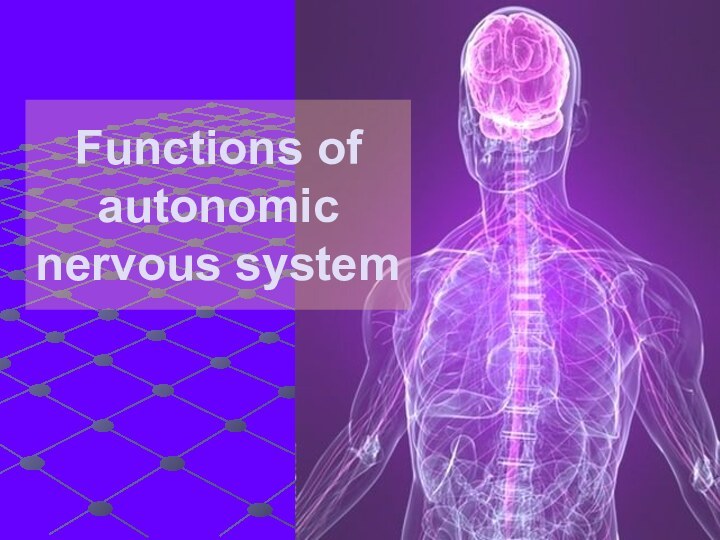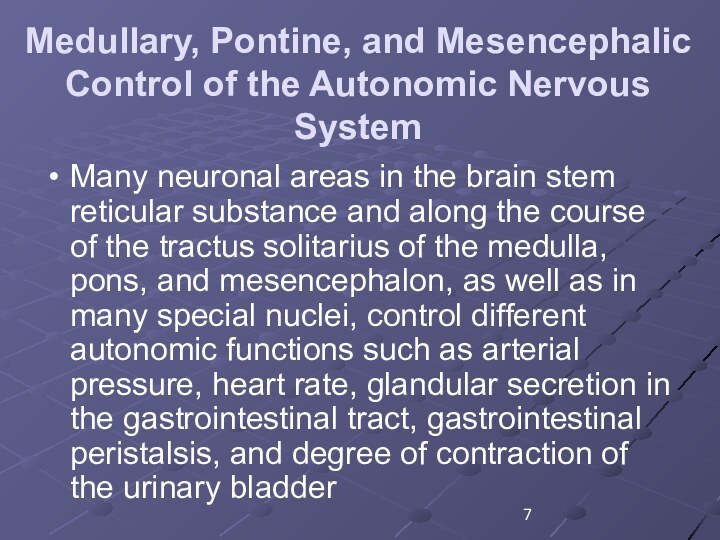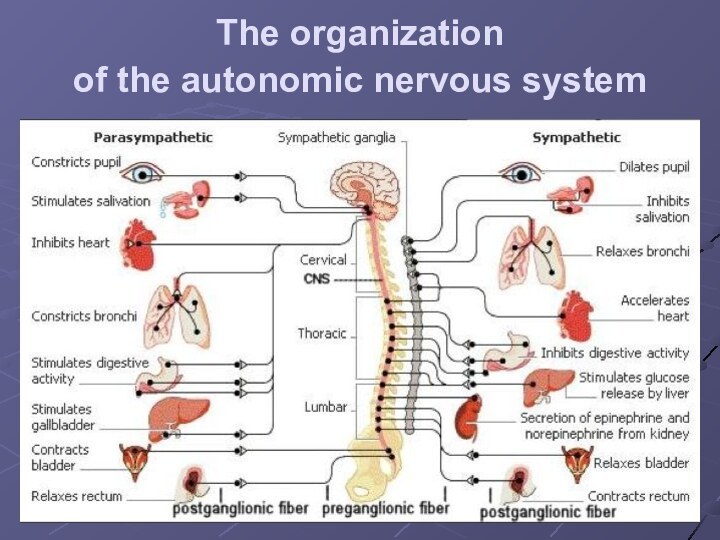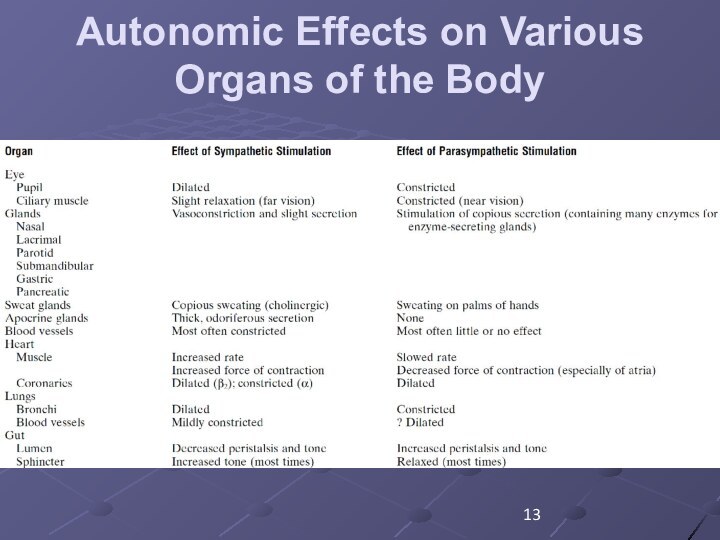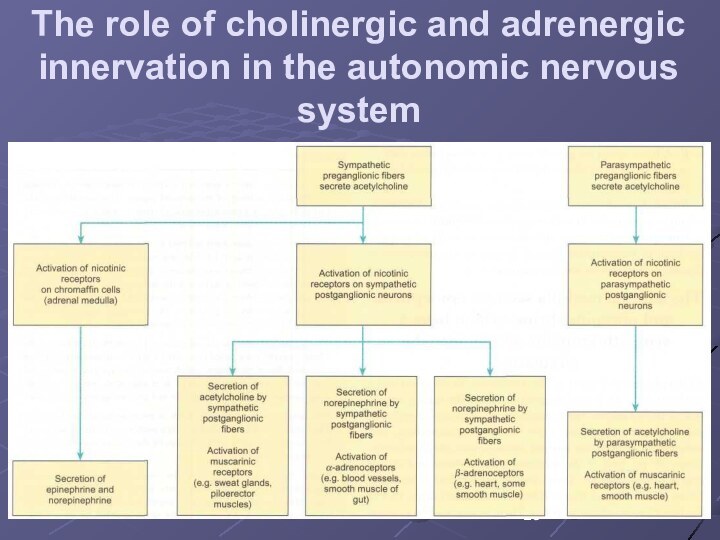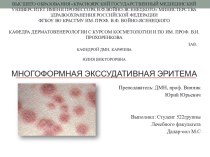to regulate the activities of cardiac muscle, smooth muscles,
and glands. These effectors are part of the visceral organs (organs within the body cavities) and of blood vessels.Autonomic motor nerves innervate organs whose functions are not usually under voluntary control.
The involuntary effects of autonomic innervation contrast with the voluntary control of skeletal muscles by way of somatic motor neurons.
